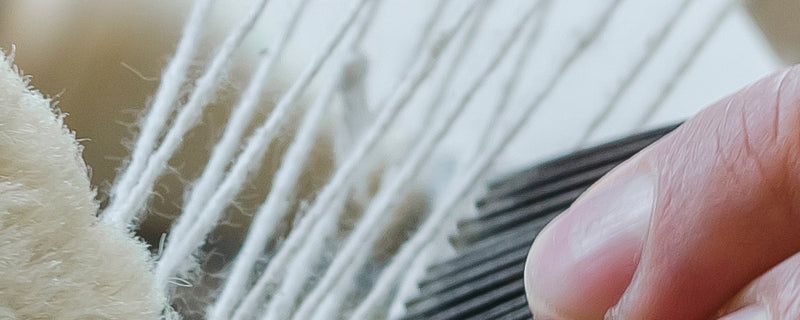You've got a handmade rug. It was passed down to you from your grandmother, bought on a special trip or found, tucked away, at a yard sale.
But a rug is a rug right? Well, yes and no. Not all rugs are created equal. You can almost feel the labor of love that went into creating this perfect, handmade piece that now adorns your floor. Some decorators even hang rugs on walls, a practice that began in ancient Persia where pictographic wall hangings were the focal point of shared spaces. Whatever its story, this rug is now a part of your home.
When it comes to hand crafted work there are some special guidelines you should follow to ensure your rug, as well as the floor underneath, will last for generations to come.
Beware pot plants
A bit of greenery and plant life can bring variety and beauty to a room, often creating a completely different feel. Adding aromatic evergreens in terracotta planters can evoke a mediterranean vibe while using bamboo and azaleas help create your own zen hideaway.
Placement, however, is everything. Plant pots are often relegated to the corners of a room because there's less chance of someone knocking them over that way. But, if you place a plant pot on top of a rug, water can seep through and because they are out of sight, the water seep can go unnoticed. The continual wet/dry cycle makes the wet patch rot and, eventually, separate from the rug creating a hole in the pattern.
Handmade rugs can be repaired but it is both expensive and time consuming. Depending on where you live and the number of specialists near you, the repairs can take months and cost you hundreds (even thousands) of dollars.
Use a rug pad underneath it to provide support
A well placed rug pad protects both the rug itself and the floor underneath it. A light, thin rug pad like Anchor Grip is particularly well suited for handcrafted Persian rugs. It's cushioned, making it soft on your feet, and it will protect both your rug and your floors. The thin profile provides enough grip and cushion to provide comfort and protection without raising the rug profile up too high.
Use extra care when vacuuming the rug
Every time you walk on the rug, you inadvertently push foreign grit and sand particles into the rug, damaging the natural fibers. This can lead to discoloration and make your rug look lifeless. Vacuuming your rug regularly prevents the tiny, sharp edged, grit particles from getting trapped into the fibers and causing damage.
But, it's important to be careful! When vacuuming the ends of your rug, move the brush in one direction only to avoid damaging the tassels and the fibers.
Every rug is a little different depending on the material it's made of. A wool hand tied rug needs to be handled a little differently than a rug containing silk fibers. Check with a handcraft rug specialist for best vacuum practices for your type of rug!
Rotate your rug
When I was a kid, all my jeans had holes at the knees- it drove my mom wild! Prolonged play meant that the same part of the material was subject to a lot of wear and tear.
It's the same with your rugs. Right now, the sun hits it at an angle every day and you probably take the same route to the couch at least a few times a week. Rotating your rug a few times a year spreads out the natural wear and tear and will ensure your rug stays gorgeous for longer.
Keep it away from open fires
Who doesn't love the idea of stretching out in front of a fire on a comfortable rug with a glass of wine and a great book? To protect your rug make sure it's a safe distance from any open fires. It only takes one flying ember to singe a hole that will be difficult to repair.
Handmade rugs add a wonderful sense of home to a room. Make sure you give your the care and protection they deserve and they'll serve you well for years to come.
Have a favorite tip for protecting your rugs? Let us know on Facebook!
